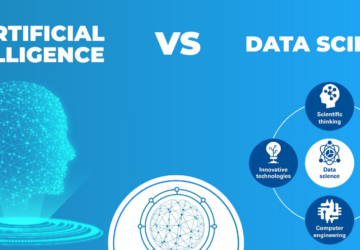In today’s global business world, teaming up with suppliers can be a game changer. It helps everyone talk better, work smarter, save money, and make better stuff. Effectively working with suppliers not only makes your operations frictionless but also improves your product quality, reduces costs, and drives innovation.
The Significance Of Supply Chain Collaboration
Before we dive into the strategies, it is essential to recognize the profound impact of genuine collaboration within a supply chain. As the name suggests, supply chain collaboration refers to the close working relationship between a brand and its suppliers. The relationship tends to achieve goals like better efficiency, cost-effectiveness, and satisfied customers.
Simply put, supply chain collaboration functions like a well-choreographed performance. Each participant has a role to play, and when executed harmoniously, the entire process moves smoothly.
Now, let’s cut to the chase and talk about some strategies to implement for better supplier collaboration:
Transparent Communication
Clear and transparent communication is the backbone of a successful supplier relationship. It ensures that each party is on the same page regarding expectations, timelines, and deliverables. You can utilize digital tools for real-time updates and sharing of information. For example, using a cloud-based platform for order management can facilitate seamless communication between you and your suppliers.
Mutual Goal Alignment
Like any partnership, having aligned goals is essential for productive collaboration. Hence, understanding and committing to mutual objectives becomes paramount. As an example, if you’re aiming to reduce lead times, your supplier should also be on board with implementing process improvements to meet this goal.
Performance Metrics And KPIs
Establishing clear performance metrics and key performance indicators (KPIs) is like setting the GPS coordinates for your journey. Having these metrics on the table would help you measure your progress and find the areas to improve. For example, you can track on-time delivery rates, defect rates, and lead times to monitor supplier performance.
Incentivize And Recognize
Incentives are the most effective tool to motivate your suppliers, as offering them incentives convinces them to push boundaries and go the extra mile, which could be in bonuses for exceeding targets or long-term contracts that provide stability and predictability. Recognition, too, plays a vital role. Acknowledging outstanding performance fosters a positive working relationship and encourages a culture of excellence.
Collaborative Forecasting And Planning
Much like a sports team strategizes plays in advance, collaborative forecasting and planning involve joint efforts to predict demand, allocate resources, and plan production schedules, which helps you prevent overstocking or stockouts and efficiently utilize your resources.
Continuous Improvement Initiatives
You can only secure a firm place in the market with improvement. And improvement isn’t a destination; it is a journey that keeps going forever. In this case, continuous improvement involves regular evaluations of processes, identifying areas for improvement, and implementing necessary changes. You can encourage suppliers to share their feedback, insights, and ideas for improvement to build a culture of continuous improvement, as this not only helps you be better but also makes your suppliers feel an integral part of your team.
Technology Integration
In today’s digital age, the role of IT in supply chain management is getting more critical. In this case, you can use a Supply Chain Management (SCM) system to keep all your relevant information in one place. Using a central location to keep all your supply-related information will bring everyone in your organization on the same page. Furthermore, it will ensure that each member of your team involved in the supply chain has access to the latest and up-to-date details.
Final Notes
An adequate supply chain stands in a collaborative environment where all stakeholders are in sync. To get everyone on the same page, just try to maintain transparent communication, ensure that everybody is on par with mutually aligned goals, set clear performance indicators, reward your suppliers, plan with collaboration, improve continuously, and integrate your technologies to keep your supply chain data at one place.








